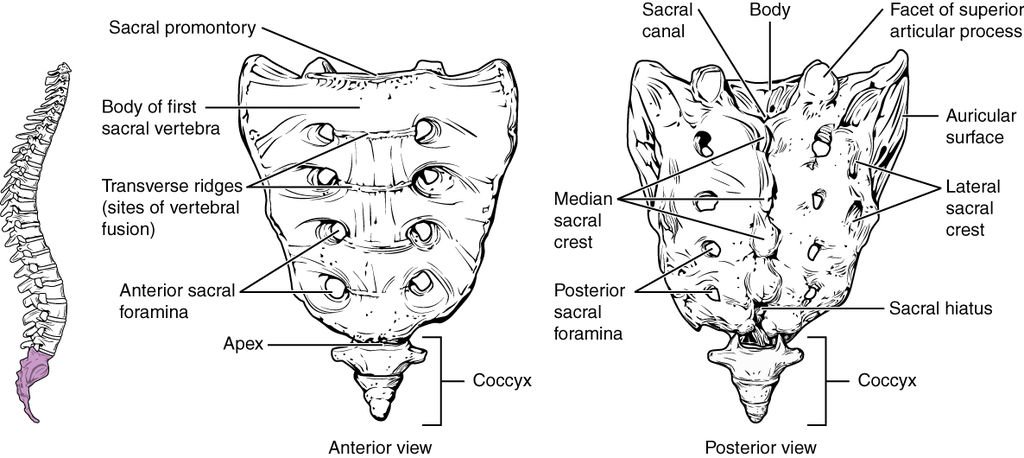When Tailbone Pain Really Isn't The Tailbone
In a few weeks, we will bring 400 pelvic health professionals from across the US (and even internationally) to Atlanta, GA for the first ever PelviCon ~ a conference started by pelvic rehab providers FOR pelvic rehab providers. Andrew and I started this conference with Nicole and Jesse Cozean– 2 practice owners in California equally dedicated to helping our field provide the best pelvic healthcare ever. The conference runs Thursday - Friday September 23-24th. (And if you’re a rehab provider, you can still pre-purchase the recording) On Sunday 9/25, Nicole and I are teaching together for the first time, and our post-conference course is on “Treatment Strategies for Tailbone Pain.”
What to Know About Tailbone Pain
Tailbone pain has been a big focus in my own practice for several years, and it is a diagnosis that is often poorly understood. Most of the time, people assume that with tailbone pain– the problem is the tailbone. People will have x-ray imaging that tells them their tailbone is in flexion. They will seek out internal manipulation of the tailbone, or may even be told their only option in treatment is to remove the tailbone completely (This is called a coccygectomy). While all of these treatments have their place, the reality is that sometimes tailbone is simply not a problem of the tailbone.
The coccyx itself is composed of 3-5 segments, attaching into the sacrum at the bottom of the spine. It is a major attachment of several muscles and ligaments. These include:
Several pelvic floor muscles: pubococcygeus, iliococcygeus, coccygeus, and the external anal sphincter
Gluteus Maximus
Sacrococcygeal ligaments (posterior and lateral)
Anococcyeal ligament
Sacrospinous ligament
What The Real Problem Might Be
Because of these attachments, the coccyx can be impacted by dysfunction in many of the surrounding tissues. This means that someone could feel tailbone pain, but the real problem could be related to:
Glute clenching leading to tension patterns
Hamstring tendonitis, leading to tension at the sacrotuberous ligament pulling on the tailbone
Low back or SI dysfunction
Neural tension
And a lot more…
Sometimes these problems create tailbone pain directly (through their attachments) but other times they can simply refer toward the tailbone. So– this is why when someone comes in with tailbone pain, we have to really explore- think critically- and determine: Is the coccyx the primary driver of the problem? Or is it simply a bystander to something else happening?
You Are Not Alone
If you’ve been dealing with tailbone pain, and need someone to think critically about your case, give us a call. We got you my friend, and we’ll help you explore what is happening for you!
If you’re a pelvic health PT or OT, don’t miss out on PelviCon! If you’re joining us live, be sure to check out the add-ons available and if you didn’t get a live seat, be sure to grab the recording.
Warmly,
Jessica
Don’t Miss Pelvicon
The First In-Person Conference By Pelvic Rehab, For Pelvic Rehab


